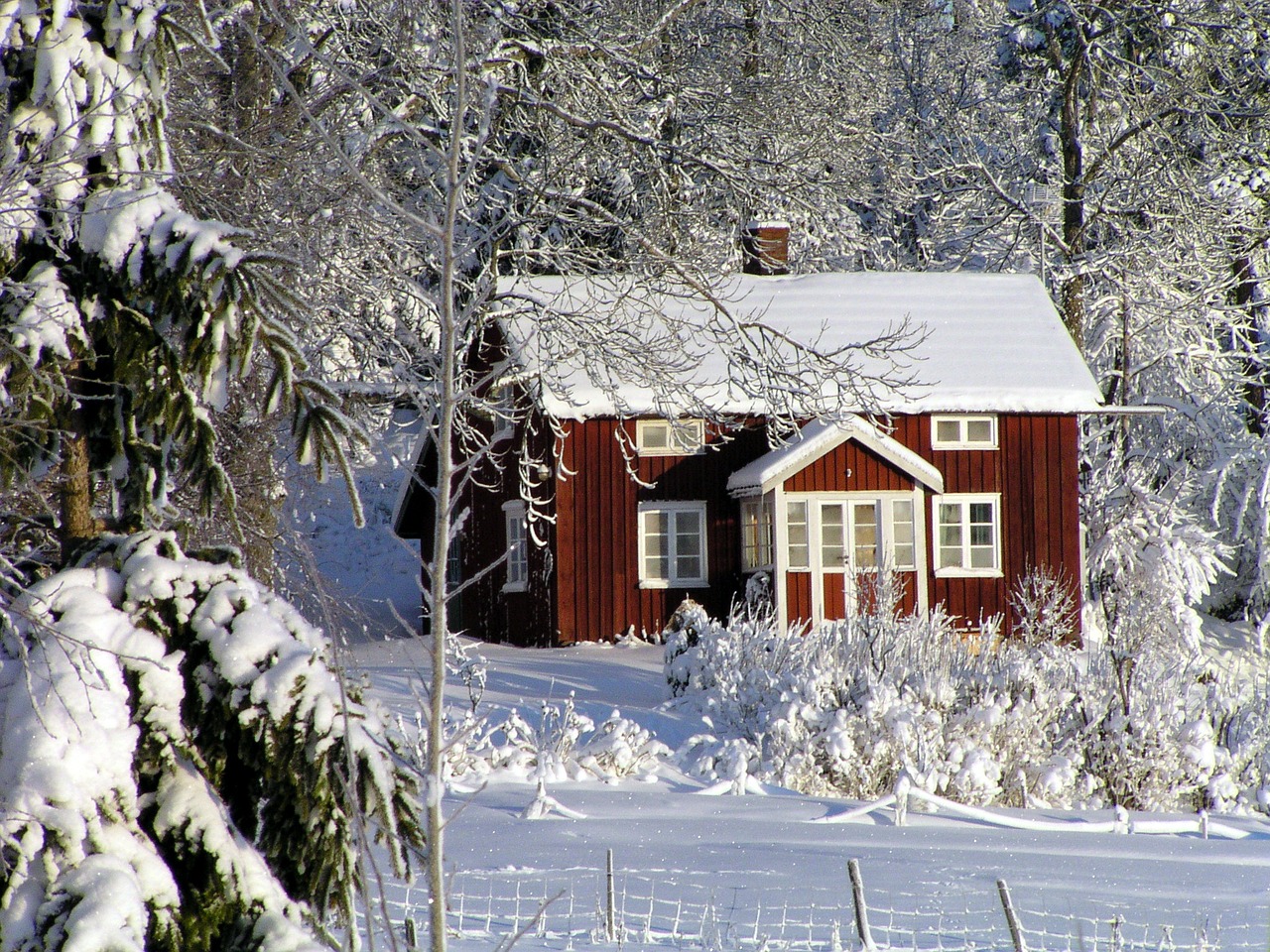Preparing your home for winter

Winter can be an enchanting season, with its crisp temperatures, beautiful snowfall, and cozy nights spent by the fire. However, it also brings with it several challenges that can put a strain on your home. To ensure that your household remains warm, safe, and efficient throughout the coldest months of the year, it’s crucial to prepare your home for winter properly. This article will provide you with a comprehensive guide on how to do just that. Let’s delve into the details.
Inspecting and Cleaning the Gutters
The gutters play a crucial role in protecting your home from water damage. They collect and divert rainwater away from your house, protecting the foundations, walls, and roof. However, throughout the year, leaves, dirt, twigs, and other debris can accumulate in the gutters, leading to blockages.
En parallèle : How to organize a themed party at home
During winter, these blockages can cause water to back up and freeze, damaging the gutters and causing icicles to form. Additionally, water that doesn’t drain properly can seep into your home, leading to dampness and potential structural damage. Therefore, it’s essential to inspect your gutters for blockages and clean them out before winter sets in.
Checking the Heating System
Winter means colder temperatures, and to endure them, you need a properly functioning heating system. It’s important to give your system a thorough check before winter arrives. This includes ensuring that your furnace or boiler is working efficiently and safely.
A découvrir également : The best plants for a home herb garden
You should check that all vents and air filters are clean, and if necessary, replace them. Additionally, check the thermostat to ensure it is functioning correctly. If you have a furnace, this is a good time to have it serviced to ensure it’s working at its peak efficiency. It’s much better to discover and fix any issues now, rather than in the middle of a cold spell when you need your heating the most.
Weatherstripping Doors and Windows
A significant amount of heat loss in homes occurs through gaps in doors and windows. To avoid this and maintain a warm and cozy home throughout winter, it’s recommended that you apply weatherstripping around these areas.
Weatherstripping involves applying a material to the frames of doors and windows, creating a tight seal when they’re closed. This prevents drafts and heat loss, making your home more energy-efficient and comfortable. It’s a relatively simple and inexpensive task that can make a significant difference to your winter comfort and energy bills.
Insulating the Attic
Your attic can be a significant source of heat loss if it’s not adequately insulated. Heat rises, and if the attic isn’t sufficiently insulated, it can easily escape, making your heating system work harder and raising your energy bills.
Adding insulation to your attic can provide a barrier that reduces this heat loss. It traps the warm air inside your home, helping to maintain a steady and comfortable temperature. It’s best to check the insulation in your attic before winter arrives and add more if necessary.
Preparing the Plumbing
Winter temperatures can wreak havoc on external and unheated internal plumbing. When water freezes, it expands, and this can cause pipes to burst, leading to significant water damage. To prevent this, you should insulate any exposed pipes in unheated areas like the garage, basement, and external walls.
You can use pipe insulation, which is a foam tube that covers the pipe and provides a layer of insulation. Additionally, it’s a good idea to disconnect any garden hoses and turn off the outdoor water supply to prevent any water from freezing inside.
By following these steps, you can ensure your home is well-prepared to withstand the winter weather. Remember, proper preparation can save you a great deal of time, money, and stress in the long run, and it can also help you enjoy a comfortable and cozy winter at home.
Checking the Roof and Chimney
The roof and chimney of your house are exposed to harsh weather conditions throughout the year, making them vulnerable to damage. Before the winter sets in, make sure to perform a comprehensive check of your roof for any signs of damage such as missing or damaged shingles, cracks, leaks, or any other signs of wear and tear.
An inspection of the chimney is also imperative. This includes checking for cracks, damage to the flue, or blockage by bird nests or debris. Remember, a well-functioning chimney ensures the safe evacuation of smoke, keeping your indoor air clean and safe.
Cleaning the chimney also helps improve the efficiency of your fireplace, providing you with the warmth you need during the cold winter months. If you are not comfortable doing this yourself, hire a professional roofer and chimney sweep to ensure these tasks are performed thoroughly and safely.
Winterizing the Garden
The freezing temperatures of winter can be rough on your garden. To protect your plants and prepare your garden for the spring, it’s essential to winterize it. Start by clearing away dead leaves and debris, which can harbor diseases and pests.
Insulate tender plants and shrubs with mulch, straw, or horticultural fleece to protect them from the cold. Drain the water from outdoor hoses and fountains to prevent freezing and potential damage.
Lastly, cover garden furniture or store it indoors to protect it from the elements. By taking these steps, you will ensure that your garden survives the winter and is ready to bloom when spring arrives.
Conclusion
Winter can be a harsh season, but with proper preparation, you can protect your home and make it a warm, cozy haven. From cleaning your gutters and checking your heating system to weatherstripping doors and windows, insulating your attic and preparing your plumbing, every step is crucial in ensuring your home can withstand the winter months.
Don’t forget to inspect your roof and chimney and winterize your garden as well. These tasks may seem daunting, but they can save you a lot of hassle, money, and potential damage in the long run. Properly preparing your home for winter not only makes it more comfortable and energy-efficient, but it also ensures that both you and your home can safely and comfortably see through the winter season.
Remember, the key is to start early. The more prepared you are, the smoother the transition into winter will be. Here’s to a warm, cozy, and stress-free winter!
